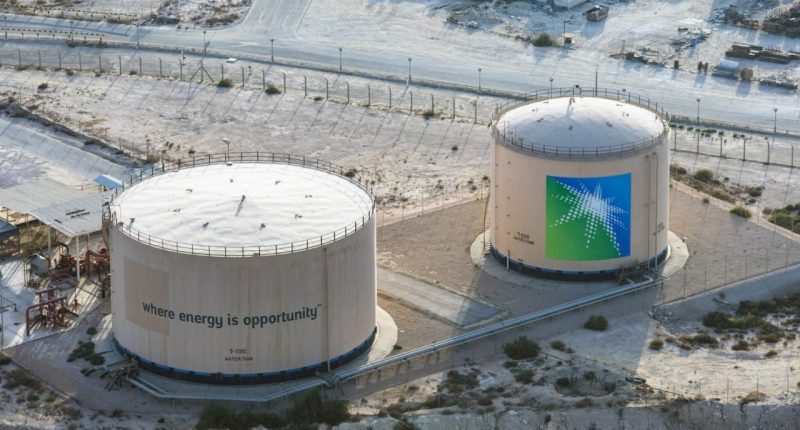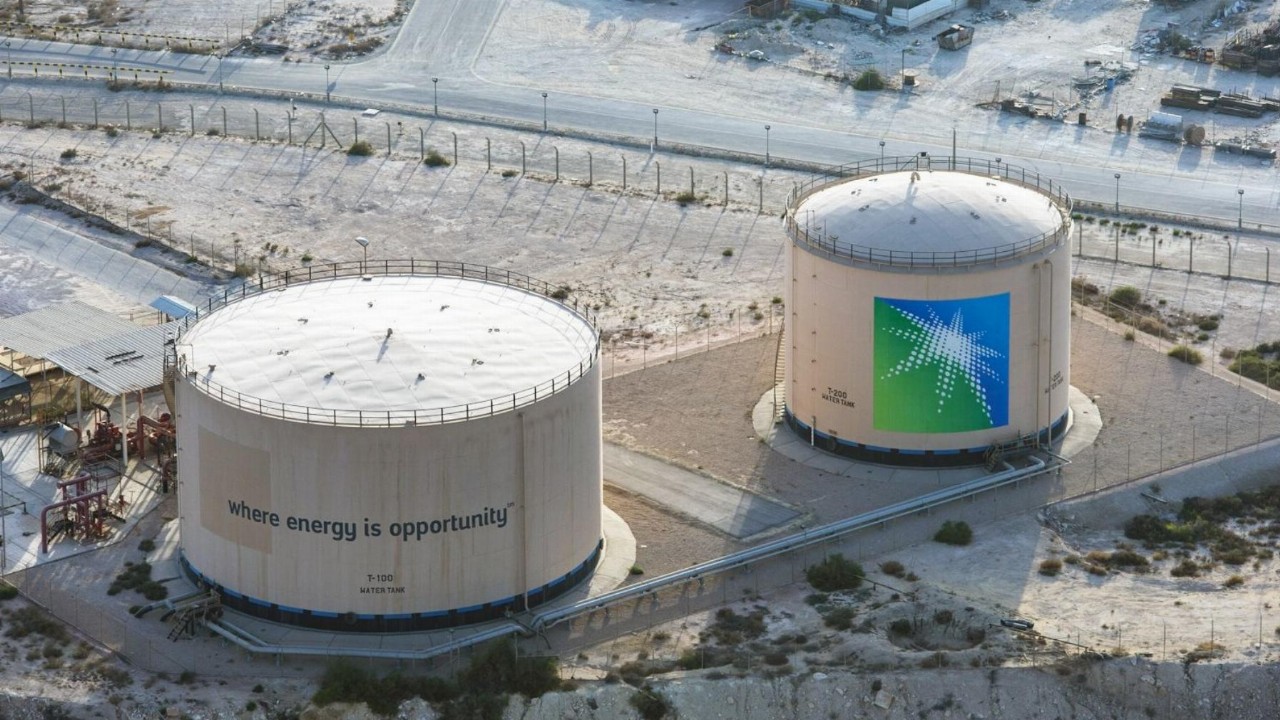- In what has been called a failed assault on global energy security, Yemen’s Houthis forces fired drones and missiles at the heart of Saudi Arabia’s oil industry on Sunday
- The assault targeted a Saudi Aramco facility in Ras Tanura, which hosts the world’s largest offshore oil loading facility as well as other military targets
- All up, the Saudi-led coalition intercepted 12 armed drones aimed at unspecified “civilian targets” and two ballistic missiles
- The same region was previously attacked in 2019, causing Saudi Arabia to temporarily shut more than half of its crude output and leading to a massive price spike
- The Houthis are thought to be emboldened after U.S. President Joe Biden revoked a terrorist designation on the group in February
In what has been called a failed assault on global energy security, Yemen’s Houthis forces fired drones and missiles at the heart of Saudi Arabia’s oil industry on Sunday, including a Saudi Aramco facility.
In addition to the facility at Ras Tanura, which is vital to petroleum exports, the Houthis — who have been battling a Saudi-led coalition for six years — said they had also attacked military targets in the Saudi cities of Dammam, Asir and Jazan.
The site at Ras Tanura, which hosts an oil refinery and the world’s largest offshore oil loading facility, was attacked with a drone coming from the sea. However, the Saudi defence ministry said it was successfully intercepted and destroyed prior to reaching its target.
Shrapnel from a ballistic missile also fell near a residential area in Dhahran used by state-controlled Saudi Aramco, the world’s largest oil company. However, neither of these attacks resulted in casualties or the loss of property.
“Such acts of sabotage do not only target the Kingdom of Saudi Arabia, but also the security and stability of energy supplies to the world, and therefore, the global economy,” a spokesman for the defence ministry said in a statement.
All up, the Saudi-led coalition intercepted 12 armed drones aimed at unspecified “civilian targets” and two ballistic missiles aimed towards Jazan.
The same region, which lies on the the Gulf coast in Eastern Province and is home to most of Saudi Aramco’s production and export facilities, was previously attacked in 2019.
Riyadh blamed the assault on Iran, which it firmly denied, and was forced to temporarily shut more than half of its crude output, causing a massive price spike.
The Houthis have recently stepped up cross-border attacks on Saudi Arabia, as the United States and United Nations continue to push for a ceasefire in an attempt to revive stalled political negotiations to end the war.
Colonel Turki al-Malki, a spokesman for the Saudi defence ministry and the Saudi-led military coalition, said in a statement that the ministry would take “all necessary, deterrent measures to safeguard its national assets.”
The Houthis are thought to be emboldened after U.S. President Joe Biden revoked a terrorist designation on the group in February, which had previously been imposed by further President Donald Trump and backed by Riyadh.
Biden also declared in February that the U.S. would withdraw its support for offensive operations by the coalition, but said it would continue to help Saudi Arabia defend itself.
The war, which has been in a military stalemate for years, has killed tens of thousands of people and pushed Yemen to the very brink of famine. Nevertheless, the Houthis say they are battling a corrupt system and foreign aggression.








